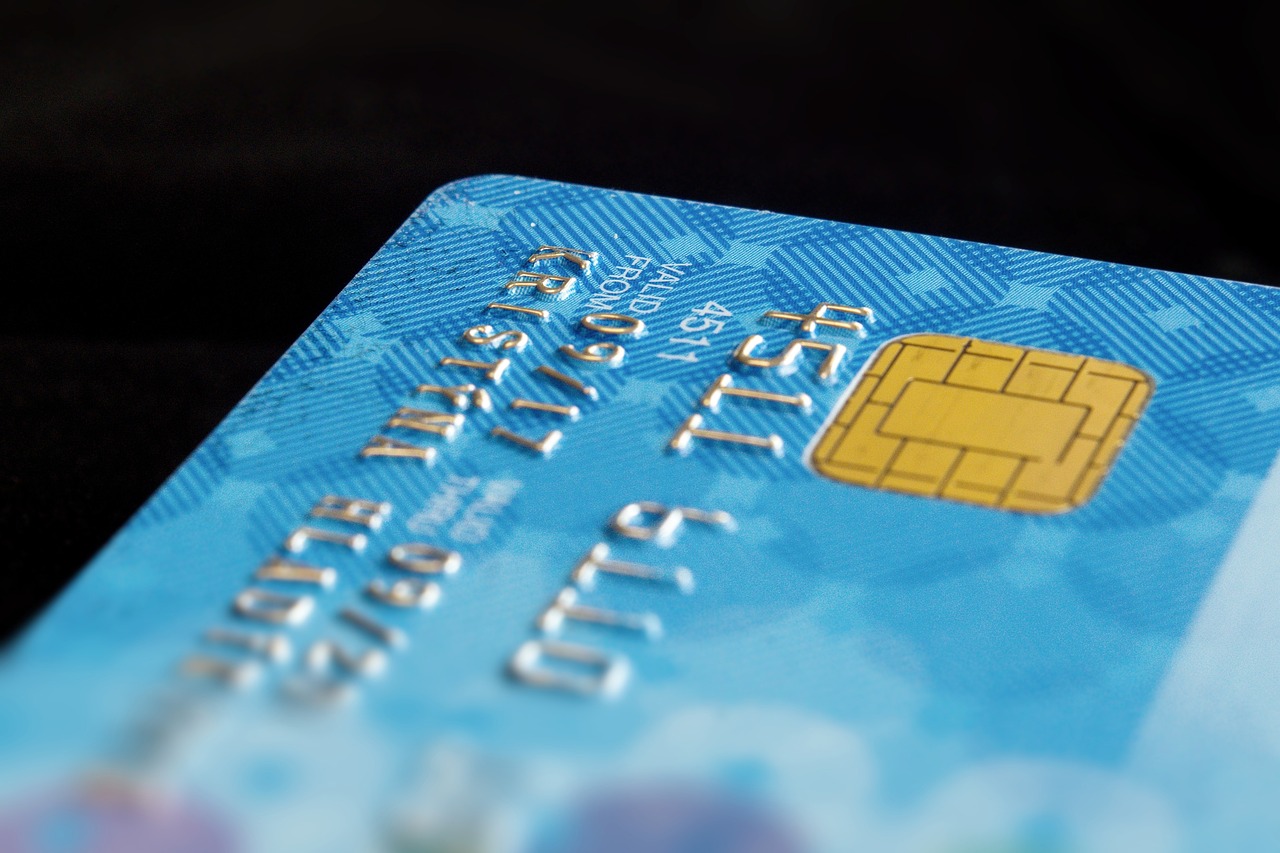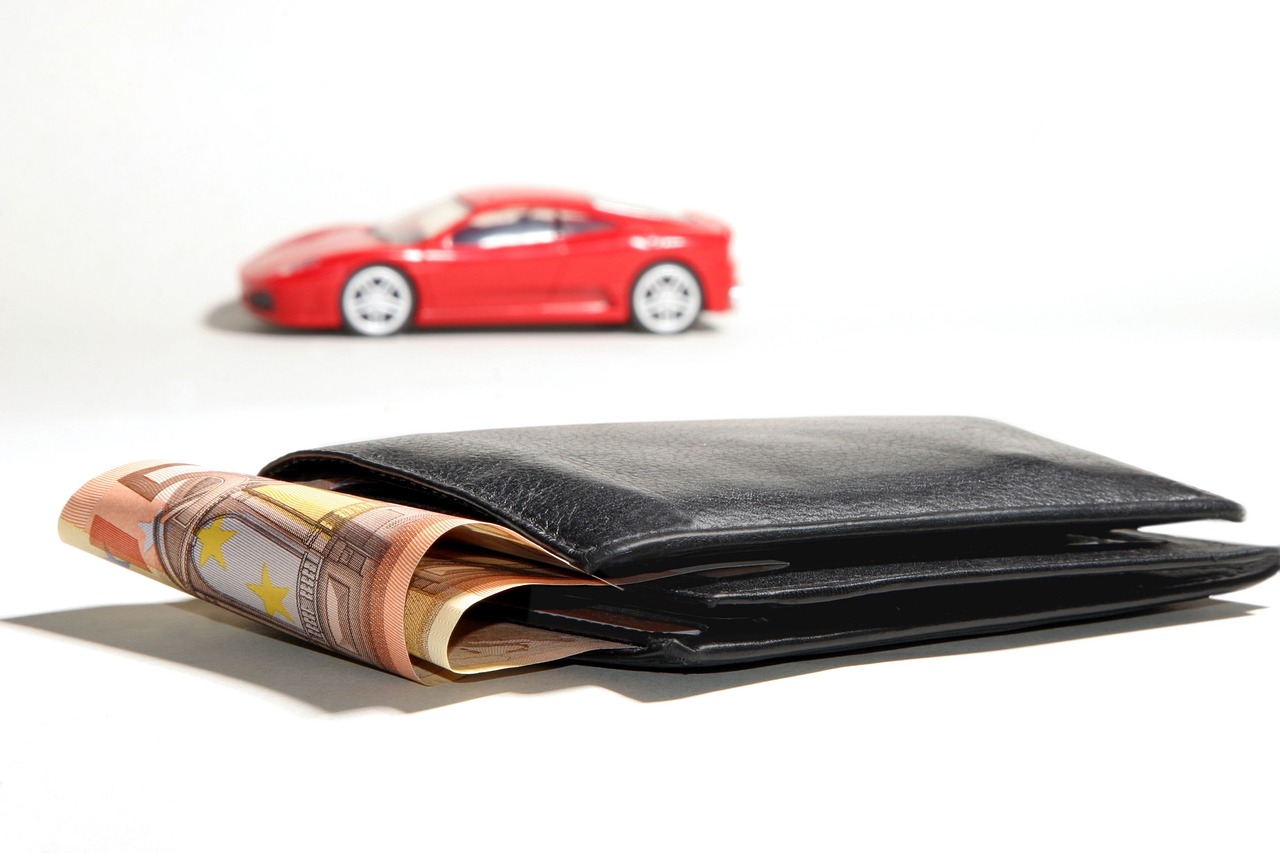How to Get Out of Credit Card Debt

Are you worried about piled-up credit card debt?
No matter how hard you try, the bills keep increasing, missed payments, and credit report inaccuracies aren’t solved. You can’t apply for a loan; even renting a house is difficult.
This credit card debt seems like a never-ending maze, and getting out of it seems nearly impossible. Every day, you think about how to get rid of credit card debt, but the solution is nowhere to be found.
What should you do in this situation?
You should take the first step by being financially literate. However, there is so much information available online. Finding the correct valuable information for your situation that can help you pay off credit card debt can be extremely difficult.
That’s why we have made this detailed blog to answer all your concerns, from paying off your credit card debt with strategies to maintaining a debt-free life.
So, are you ready to get closer to financial security?
Let’s dive into it.
Understanding Credit Card Debt
People use credit cards very often. But they forget that using your credit card to buy things is not the same as using cash.
You have to pay back the money you borrowed, usually every month; however, it’s not the same as other debts like loans for a house or car.
Credit card debt is unsecured.
This means there is no specific thing, such as a house or car, that the company can take away if you don’t pay. It’s a flexible option, but if it’s not managed well, it can be a terrible problem.
Because here’s the catch.
When you borrow money with a credit card, there’s an extra cost called “interest.”
It’s like a fee for using the money. Credit cards have a high-interest rate, so the consequences can be alarming if you don’t pay off what you owe on time.
The interest charges can make the total amount you owe grow fast.
High-interest rate = Debt piles up at 10x speed
Here’s a much-needed reminder.
Dealing with credit card debt isn’t about money only. It also impacts your mental health. Stress and anxiety often tag along when money is tight. The feelings that come along while paying off credit card debt (depression, distress) are normal. Take steps to manage your money as well as your mental health.
Assessing Your Debt Situation
To resolve your credit card debt situation, you should start by listing all your credit card debts along with the interest rate and payments. Here’s how you can do it.
Gather credit card statements. Create a list of each credit card.
Note outstanding balances for each card. Find and record the interest rate for each credit card.
Identify the minimum payment required for each card. Calculate total credit card debt by adding outstanding balances.
List interest rates and minimum payments for each card.
Organize the list in descending order based on interest rates.
Making a plan of action allows you to focus on paying off the ones with the highest interest rates first. It saves you money in the long run because high-interest debts accumulate more costs over time.
You should check your credit report to know the impact of debt on your credit score. Check your credit report for free from here.
Strategies to Pay Off Credit Card Debt
There are many strategies for answering the question, “How to get rid of credit card debt?” However, we have added three best strategies for paying off credit card debt.
1. Debt Snowball Method
The Debt Snowball Method is a debt repayment strategy designed to provide a sense of accomplishment and motivation as debts are paid off.
In this, you will categorize your debts from smallest to largest. But what if the interest rate for my largest debt is low?
It doesn’t matter. In this strategy, we don’t consider interest rates. You must make small payments on all the debts except the smallest ones.
But won’t that worsen the situation?
No. Because you’ll allocate extra funds or resources to pay off the smallest debt aggressively. When one debt is successfully paid off, take the amount you were paying on it and apply it to the next smallest debt.
It creates a “snowball” effect, with the payment growing larger as you progress.
2. Debt Avalanche Method
The Debt Avalanche Method is a strategic approach to paying off debt to minimize overall interest costs.
In this, you’ll list debts from highest to lowest based on their interest rate. Ensure that you meet the minimum required payments on all your debts. However, leave the one with the highest interest rate in this case.
So, what should you do with the one with the highest interest rate?
Identify the debt with the highest interest rate. Allocate any additional funds or available resources to pay it off aggressively.
After fully paying the highest interest debt, you should move to the next debt with a high interest rate. This method efficiently reduces the overall interest paid during the debt repayment journey.
3. Credit Card Consolidation
Credit card consolidation combines multiple credit card debts into a single, more manageable form. It is typically through consolidation loans or balance transfer credit cards.
There are two major things involved in it:
- Consolidation loans
- Balance transfer credit cards
They are both helpful in simplifying payments. Instead of juggling multiple payments to various creditors, you make a single monthly payment towards the debt consolidation loan.
Moreover, your interest rate also reduces.
The consolidation loan may offer a lower interest rate than the average rate of individual credit cards.
However, with balance transfer credit cards, you may pay little to no interest on the transferred balances during the introductory period. Beware, though, you must pay off the amount you transferred over; otherwise, the interest on that portion of debt can double for the remaining balance once the introductory offer expires.
Creating a Budget to Tackle Debt
Tracking your income and monthly expenses is essential. It helps you create a realistic budget, leading to financial health. Start by listing all sources of income, including salary and additional income streams. Then, analyze the balance between your income and expenses.
Here’s the formula to remember:
Income = Covers your essential needs + Debt repayment
Let’s look at some quick tips to help you identify areas to reduce spending and reallocate funds to debt repayment.
- Identify essential expenses versus non-essential ones.
- Negotiate bills and find cheaper alternatives.
- Direct saved funds towards debt repayment.
You should have emergency savings.
An emergency fund prevents the need to accrue more debt when unexpected expenses arise. It helps in financial emergencies and safeguards your progress in tackling existing debt.
For a more comprehensive guide, you should check the Credit Secrets book.
Maintaining a Debt-Free Life
Being debt-free is an achievement in itself. However, what matters more than that is maintaining that status. You should set clear financial goals for yourself. Keep saving additional money and spend on necessary items only.
So you don’t have to find the answer again to how to pay off credit card debt.
Ensure you’re using credit wisely. That keeps you away from financial hardships.
Avoid impulse purchases → Smart money moves only → Buy necessary items → Pay in full → Check credit card statements → Address any discrepancies.
Avoiding Common Debt Repayment Mistakes
People make major mistakes during debt repayment, but you don’t have to worry about that. We’re going to tell you about these mistakes and their solutions.
- Neglecting debt existence.
- Opting for minimum payments.
- Closing accounts immediately after repayment.
Here’s how to solve these.
- Acknowledge, calculate the total owed, and develop a proactive repayment plan.
- Create a realistic plan to pay more than the minimum for faster debt reduction.
- Consider keeping accounts open to maintain a healthy credit profile.
Conclusion
It’s crucial to understand that debt management can be an overwhelming process. But it has many advantages, and overcoming credit card debt will bring peace of mind.
Every person is different, so you need access to information that can help you. Get tools and resources exclusively available to you.
We are making this possible with our Credit Secrets tools. Contact our experts for additional support if you still have queries on accelerating financial success.
Jenn Cartwright
What's Trending







